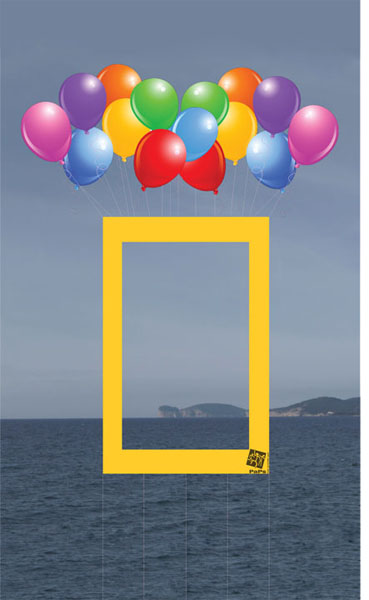Projects / Presentations
OPEN FOR ART: Il ruolo dell’arte pubblica
 Hosted at the Faculty of Architecture, Design and Urbanism in Alghero, University of Sassari, PaPs was presented at the lecture named "OPEN FOR ART _ Il ruolo dell’arte pubblica" within the course for the first year of Master studies in Architecture, under the leadership of prof. Arnaldo Bibo Cecchini.
Hosted at the Faculty of Architecture, Design and Urbanism in Alghero, University of Sassari, PaPs was presented at the lecture named "OPEN FOR ART _ Il ruolo dell’arte pubblica" within the course for the first year of Master studies in Architecture, under the leadership of prof. Arnaldo Bibo Cecchini.
The presentation deals with relations, which are established in the contemporary urban life, between two large and important social practices: art and production of space. Although, it might seem, at the first sight, that these two practices naturally cooperate, that is not the case. There are many aggravating circumstances that lead to difficulties in cooperation between these two practices, which results that they are mostly realized completely independently and separately, as it actually is, deep in their own nature. Experiences show that without official recognition, institutional support and wider citizens' acceptance of public art, it can only have a temporary character and limited effect on the sustainability of the created places. However, in the cases where this cooperation happens, often there are significant improvements within the city image as well as in the public social sphere. In general, public art has significant potentials to be an important activity in the Placemaking practices, and have many benefits for urban quality at all. A "good" public art has the special role in increasing the intensity of emotional response and perception of particular socio-spatial context in which it has been placed, by helping its acceptation, preservation and celebration. The art, to truly be public, with significant influence on the public sphere, has to motivate and activate the public, collaborate with the public, aiming to be embraced and accepted by the public and recognized as a shared cultural experience. So, the way in which public art is created, performed and perceived, should reflect local, social and cultural attitudes of the specific local practice of production of space and particularly of Placemaking. Best examples, confirmed that the public art contribute significantly to the process of sustainability of urban spaces in several different ways: cultural, aesthetic, symbolic, even economic. In order to achieve more sustainable practice of place-making, the exclusive position of the artist should be more inclusive and complemented with the civil "right to the city" - as the right to participate in the creation of public spaces that generate meaning and respect the urban environment, respectively "the city as oeuvre".
In the second part, the presentation illustrated some of the results and experiences of the Public art & Public space, Faculty of Architecture, University of Belgrade, Serbia.




